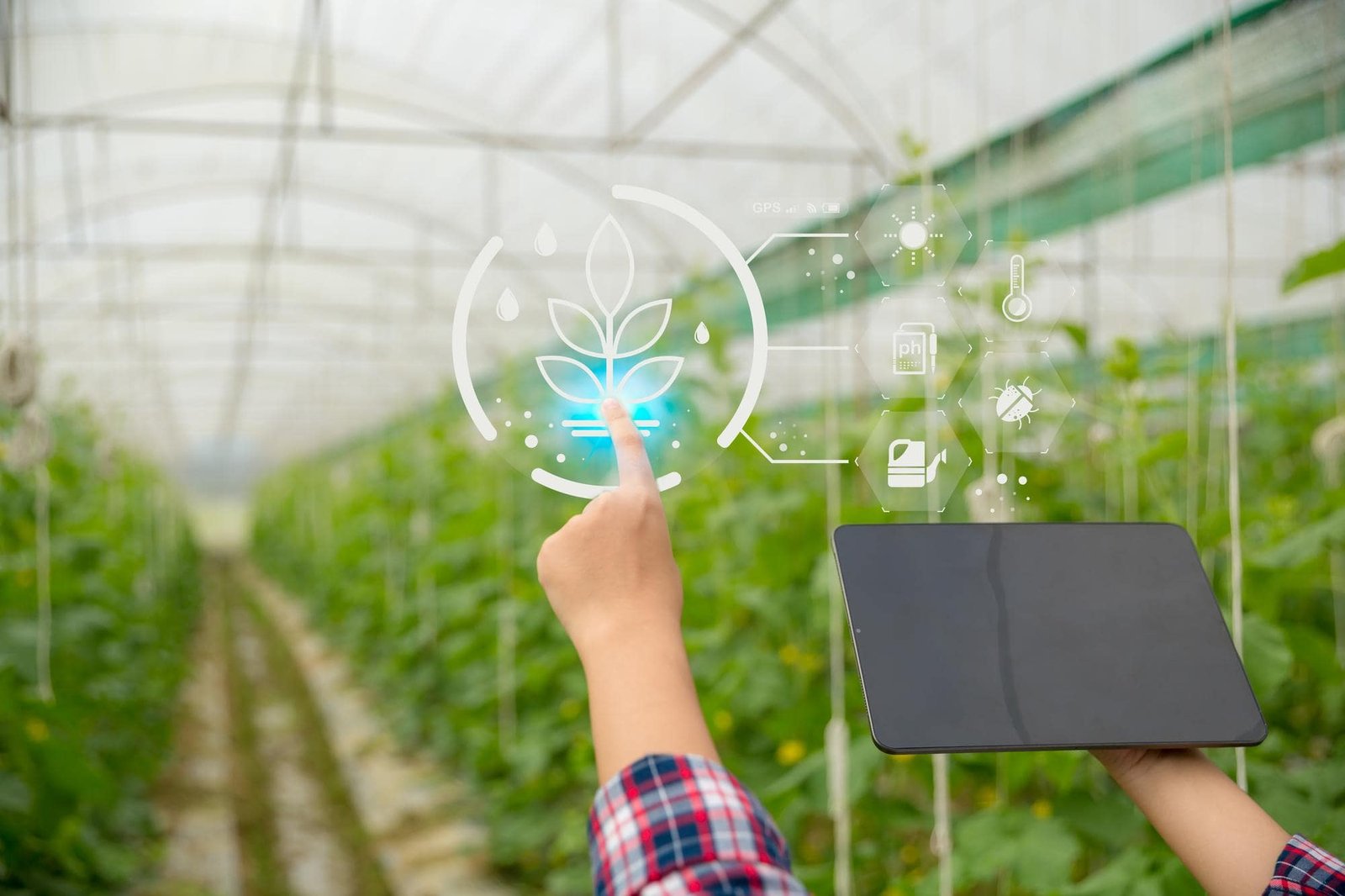
1: Introduction to Precision Agriculture
Precision agriculture represents a revolutionary approach to farming, leveraging cyber solutions to optimize resource allocation, maximize yields, and minimize environmental impact. This topic provides an overview of precision agriculture, highlighting its core principles, benefits, and applications in modern farming practices. From GPS-guided machinery to sensor-based monitoring systems, precision agriculture harnesses a variety of cyber solutions to enhance the efficiency and sustainability of agricultural operations. By embracing precision agriculture, farmers can unlock new levels of productivity and profitability while reducing inputs and minimizing waste.
2: Cyber-Technologies Driving Precision Agriculture
This topic delves into the cyber technologies that drive precision agriculture, enabling farmers to collect, analyze, and act on real-time data insights. From GPS and satellite imagery to drones and IoT sensors, precision agriculture utilizes a diverse array of technologies to monitor crop health, soil conditions, and weather patterns. By integrating these technologies into their operations, farmers can make data-driven decisions that optimize inputs, improve crop quality, and mitigate risks. Moreover, understanding the capabilities and limitations of these cyber technologies is essential for farmers looking to leverage precision agriculture for farming success.
3: Data Management and Analytics in Precision Agriculture
Data management and analytics play a crucial role in precision agriculture, empowering farmers to extract actionable insights from vast amounts of agricultural data. This topic explores the principles of data management and analytics in precision agriculture, highlighting the importance of collecting, storing, and analyzing data in a structured and efficient manner. By utilizing advanced analytics tools and techniques, farmers can identify patterns, trends, and correlations in their data, enabling them to make informed decisions that optimize farm performance. Moreover, understanding how to integrate data from various sources and platforms is essential for creating a comprehensive data-driven approach to precision agriculture.
4: Remote Sensing and Imaging Technologies
Remote sensing and imaging technologies are integral components of precision agriculture, enabling farmers to monitor and analyze crop conditions from a distance. This topic examines the role of remote sensing and imaging technologies in precision agriculture, including satellite imagery, aerial drones, and multispectral imaging systems. By capturing high-resolution images and data from above, these technologies provide valuable insights into crop health, growth, and development. Moreover, understanding how to interpret and analyze remote sensing data is essential for farmers looking to optimize irrigation, fertilization, and pest management practices.
5: Automation and Robotics in Precision Agriculture
Automation and robotics are transforming the landscape of precision agriculture, enabling farmers to streamline labor-intensive tasks and improve operational efficiency. This topic explores the role of automation and robotics in precision agriculture, including autonomous tractors, robotic harvesters, and automated irrigation systems. By deploying these technologies, farmers can reduce labor costs, increase productivity, and optimize resource use. Moreover, understanding how to integrate and manage automated systems is essential for farmers looking to harness the full potential of precision agriculture.
6: Challenges and Future Outlook
While precision agriculture offers tremendous potential for farming success, it also presents challenges and considerations that must be addressed. This topic examines the challenges facing precision agriculture, such as data privacy concerns, infrastructure limitations, and adoption barriers. By identifying and addressing these challenges, farmers can overcome obstacles and maximize the benefits of precision agriculture. Moreover, understanding the future outlook for precision agriculture, including emerging technologies and trends, is essential for farmers looking to stay ahead in an increasingly competitive and technology-driven agricultural landscape.

